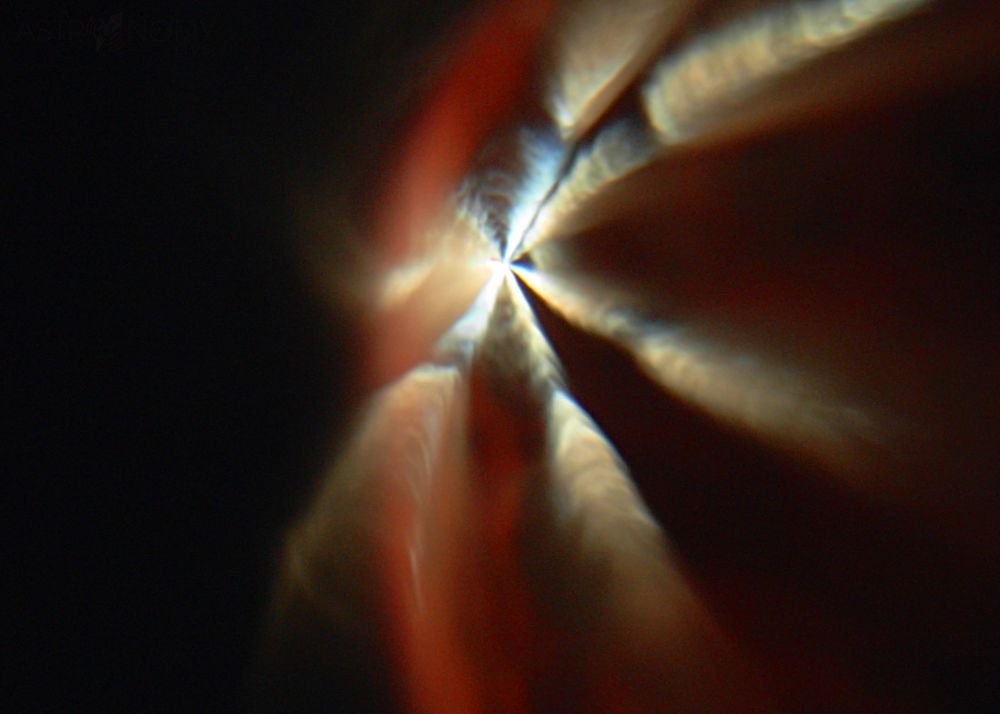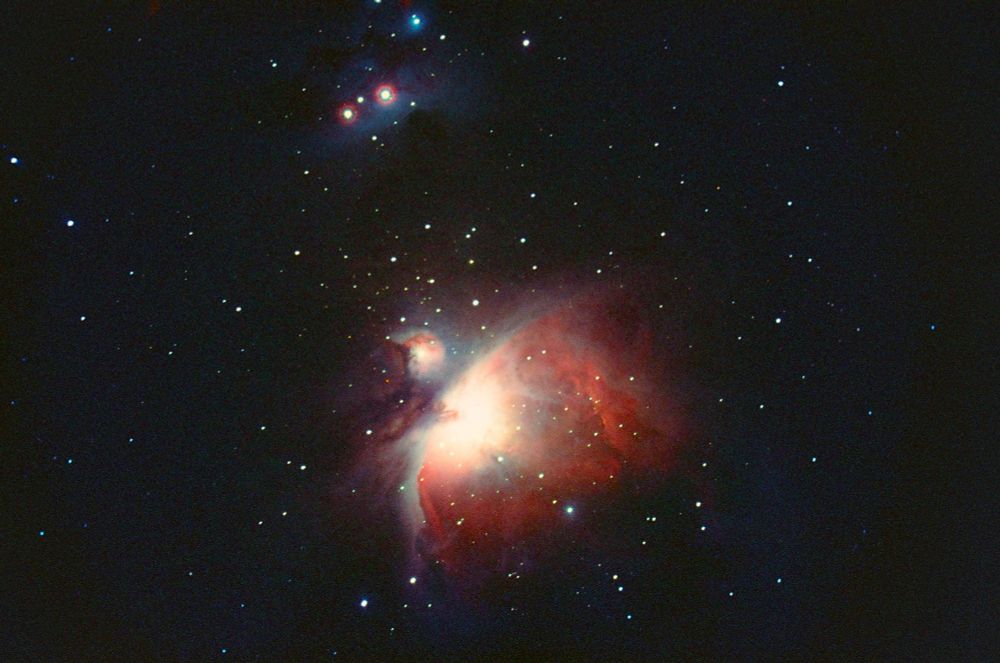Astronomy Live
@astronomylive.bsky.social
230 followers
15 following
120 posts
Amateur astronomer and neuroscientist, opinions are my own, please don't harass my employer
Posts
Media
Videos
Starter Packs
Astronomy Live
@astronomylive.bsky.social
· Sep 27


















